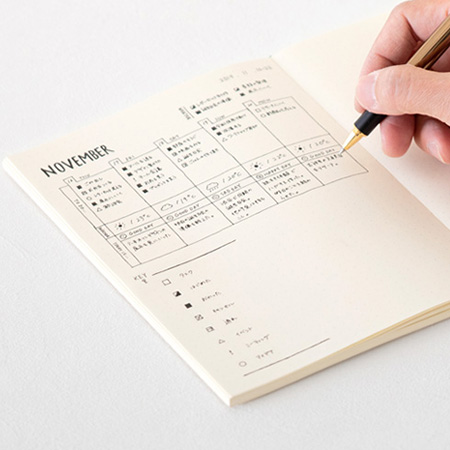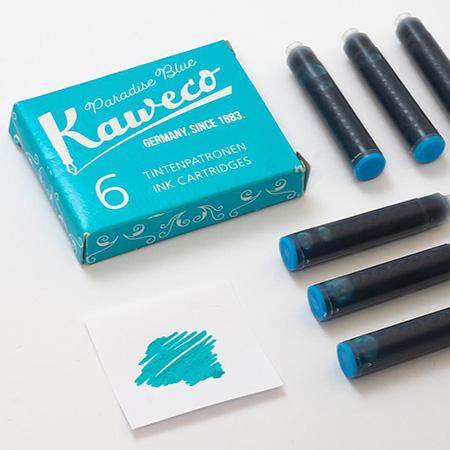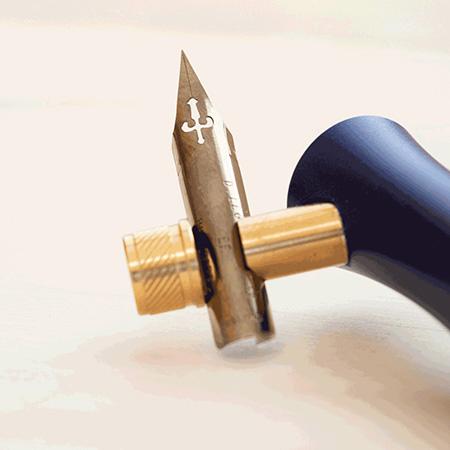
At its core, calligraphy is the art of decorative handwriting. Its roots trace back through centuries and across cultures, from the intricate Chinese characters to the fluid Arabic script and the ornate European styles. Today, calligraphy exists as a revered art form that celebrates precision, creativity, and mindfulness.
The essence of calligraphy lies in the tools. Each stroke is crafted with care using calligraphy, pens, brushes, nibs, and ink. From the traditional bamboo stick to modern fountain pens, the right tool is an extension of the artist's hand. At Cass Art, we offer a curated selection of premium calligraphy supplies, ensuring that every stroke meets its intended grace. You can explore our full range here.
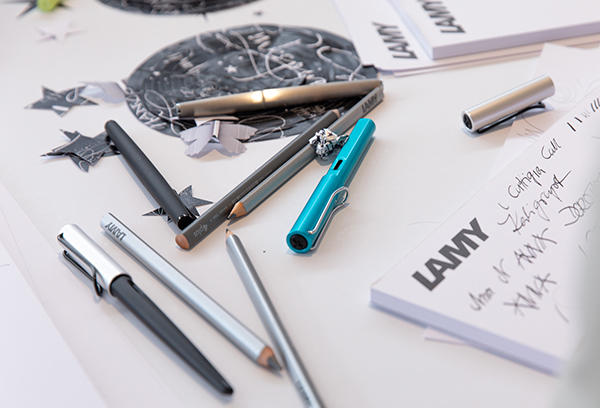

Before diving into calligraphy, assembling the right tools is crucial. Here's a basic list to get you started:
Pens and Nibs - They come in various sizes and shapes. Beginners often find success with broad-edged nibs like the flat or chisel nibs for foundational scripts like Italic or Uncial.
Holder - A pen holder, whether straight or oblique, holds the nib and gives you control over your strokes.
Ink - Opt for high-quality, smooth-flowing ink that's suitable for calligraphy. Many beginners start with black ink.
Paper - Choose smooth, non-textured paper to allow your nib to glide smoothly. Calligraphy practice pads or marker paper work well.
Explore our full range of calligraphy accessories to get started here.
One of the key features of calligraphy which makes it different to regular handwriting is the variance in line thickness. While most rollerball, ballpoint and fountain pens will deliver fairly uniform line thickness, the beautiful scripts that calligraphy pens produce are achieved by varying the breadth of your pen strokes.
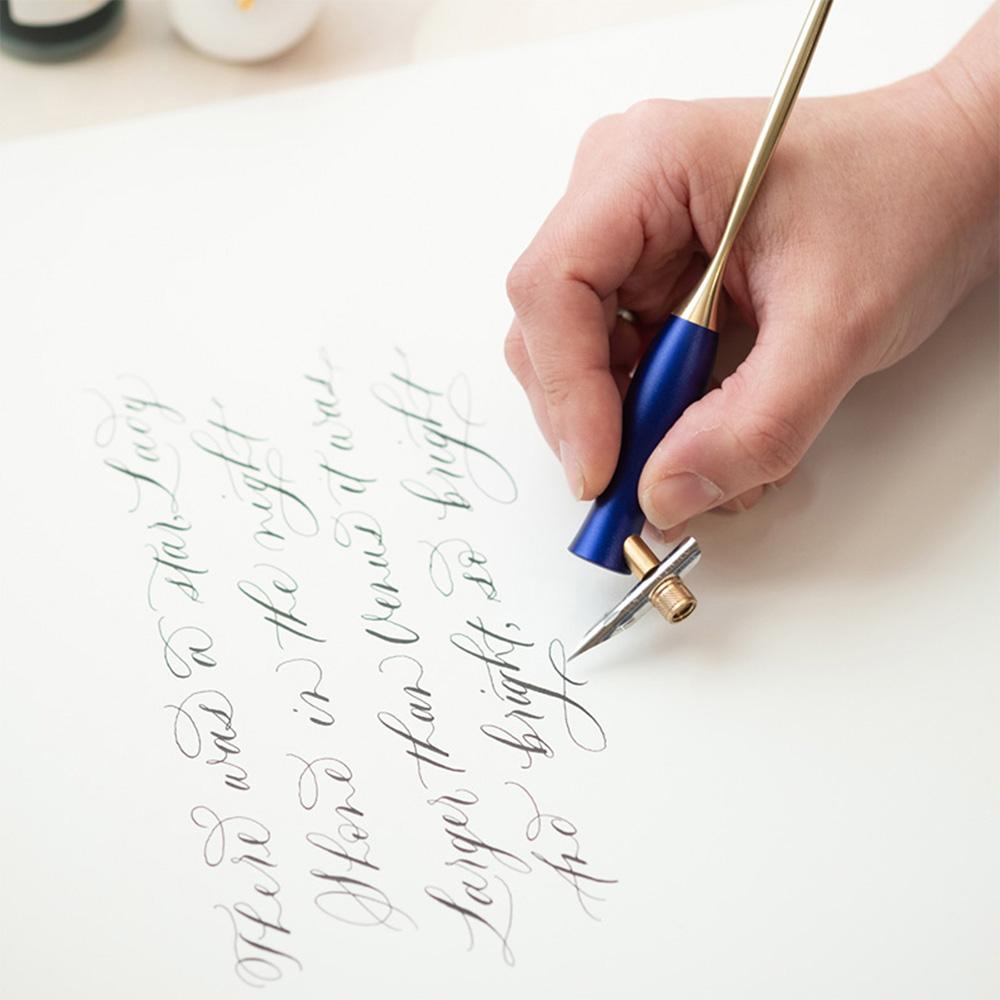
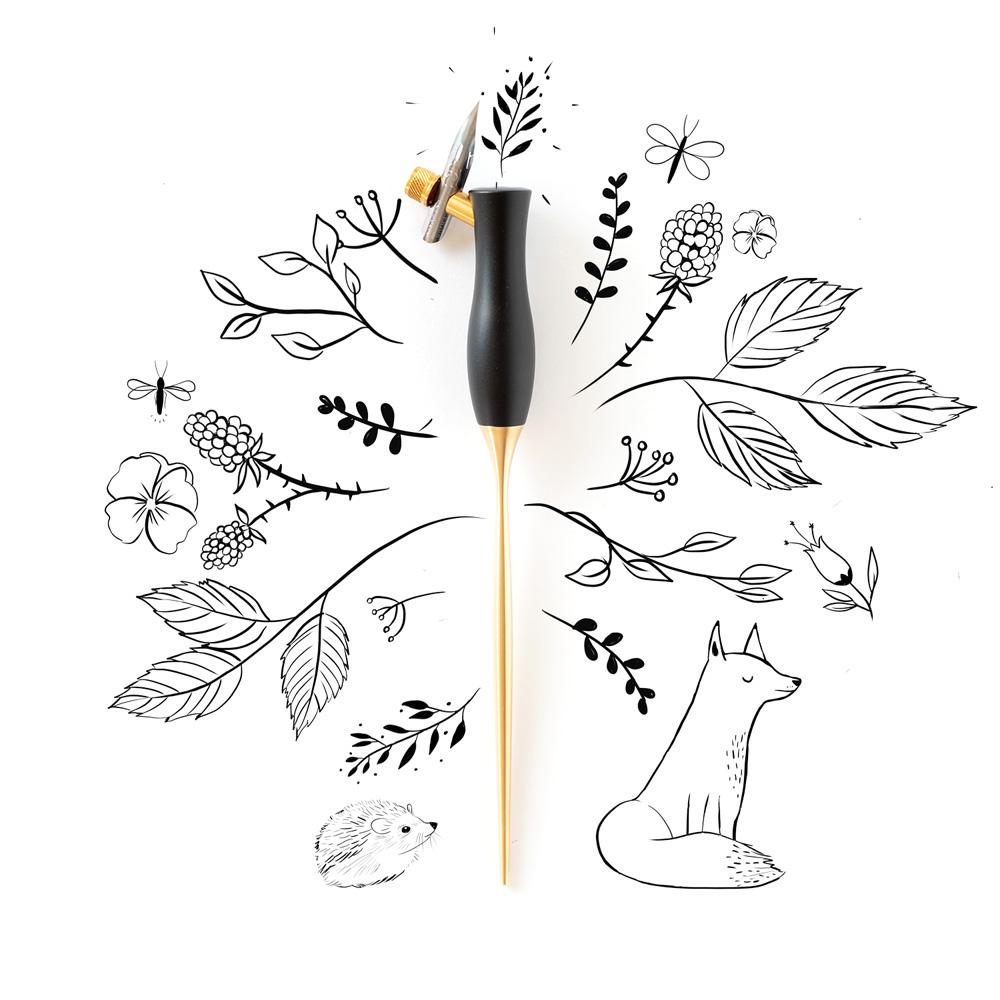
Downstrokes and upstrokes are a fundamental aspect of calligraphy. Downstrokes, created by moving the pen towards you, naturally produce thicker lines due to the increased pressure applied. Conversely, upstrokes, made by moving the pen away from you, result in thinner lines with less pressure. Mastering this pressure control is a cornerstone of calligraphy, requiring meticulous practice and patience. Every stroke demands focus to achieve the desired contrast and elegance.
Strokes are essentially what makes up a letter, and they are the foundation of the alphabet. That’s why it’s so important to know, master and practice them. And yet, alot of people skip this critical step.
Here are some top line tips for familairising the art of calligraphy:
Grasp Basic Strokes - Start by acquainting yourself with basic strokes lines, loops, curves, and angles. Practice these to familiarize yourself with the nib and ink flow.
Learn Letterforms - Focus on foundational scripts like Italic, Copperplate, or Uncial. Begin with lowercase letters, breaking them down into individual strokes for practice before moving to uppercase.
Dedicated Practice - Consistency is key! Allocate regular time for practice each day. Embrace imperfections as part of the learning process and witness gradual improvement with persistent practice.
Mastering Pressure - Calligraphy involves manipulating pressure to create varying line thicknesses. Practice exerting pressure on downstrokes while lightening it on upstrokes to achieve contrast.
Educational Resources - Explore Cass Art's selection of books, online tutorials, and workshops. Explore the works of renowned calligraphers to understand diverse styles, techniques, and the rich history behind calligraphy.
See example here.

Here is a few examples of basic calligraphy strokes of calligraphy - a fundamental element in learning calligraphy. They are the foundations that will create the entire calligraphy alphabet. There are eight basic strokes; upstroke, downstroke, overturn, underturn, compound curve, oval, ascender and descender. It is vital that you practise these strokes until you are consistent as it will set you on the right path to writing beautifully.
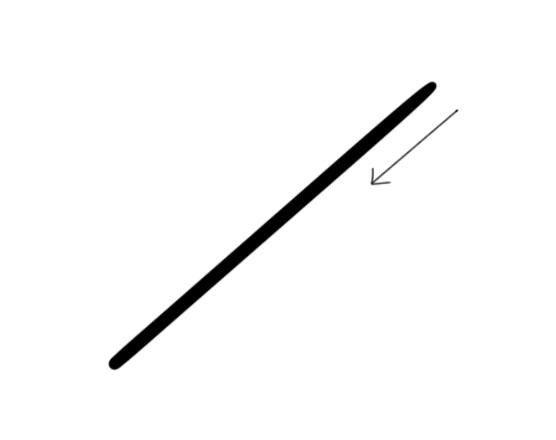
Downstroke

Upstroke
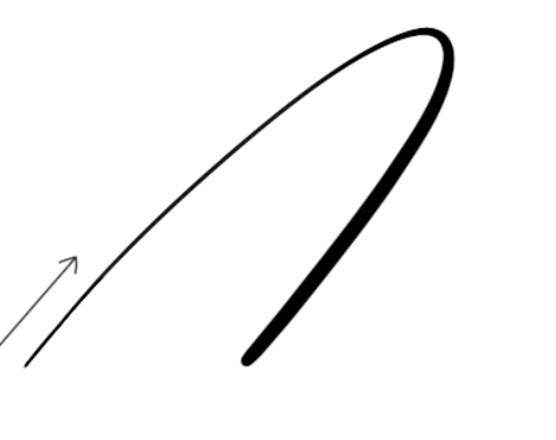
Overturn

underturn
Downstroke - a straight line and you make this movement by moving your hand downwards and applying some pressure. Don't be scared about applying pressure, your brush pens are designed for this purpose.
Upstroke - This motion is similar to a downstroke in that it involves lifting the pen, but it takes less force. The downstroke is easier than this. If your writing is shaky, it might be the result of moving too slowly. When making calligraphy, you must strike the ideal balance to assist you produce work that is consistent.
Overturn - To get that thickness while moving the pen downward, begin by moving it upward from left to right. Once you reach the apex, start adding additional pressure.
Underturn - This is pretty much a capital U but one side of it is thicker than the other. Move your pen from left to right, as you would traditionally and remember that whenever you move your pen downwards you need to apply more pressure.
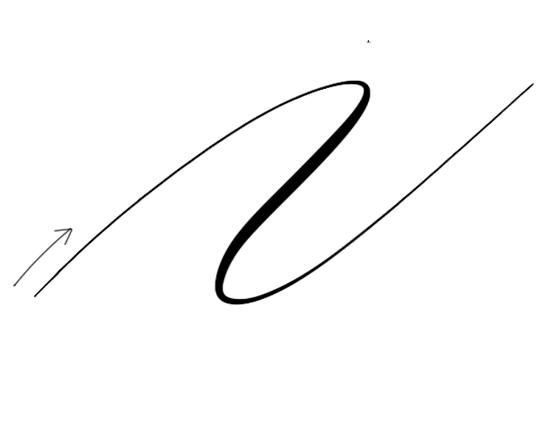
Compund Curve
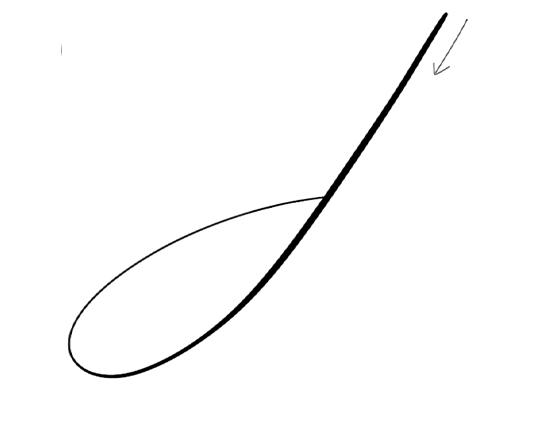
Discending Loop
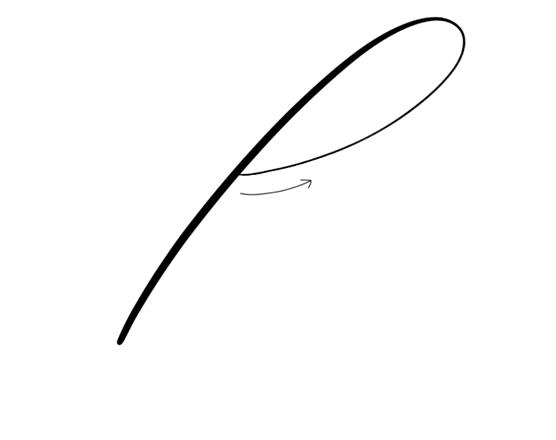
Ascending Loop
The Compound Curve is a dynamic stroke that blends elements of both the overturn and underturn strokes. It begins similarly to the overturn, with a thickening stroke moving downward. However, instead of ending abruptly with full pressure at the baseline, the compound curve cleverly transitions into a thin stroke. This thin stroke then finishes in a manner mirroring the underturn stroke. Essentially, the compound curve combines the initial power of the overturn with the graceful flourish of the underturn.
The Descending Loop is a beautiful stroke that graces letters like "g", "j", and "y". It begins with a confident downward stroke, applying firm pressure. However, before reaching the baseline, the stroke cleverly transitions into a lighter, controlled upward movement. This creates a loop that returns towards the starting point with a delicate touch. Similar to the ascending loop, maintaining a steady pace is key to avoid creating a tail at the end of the loop.
Ascending Loop - This adds a touch of elegance to letters like "b", "h", and "k". This stroke starts at a mid-point with a light upward movement. As the stroke ascends, gradually add pressure, building towards a controlled peak. At the top, the motion cleverly transitions into a heavier downward stroke, completing the loop with a confident finish.

The letter 'h' now connects three different strokes - Upstroke, Ascender and the Compound Curve.

Calligraphy is more than just writing, it's an art form that merges creativity with precision. Embrace the basics, explore diverse styles, and let your creativity flow through every stroke of the pen!


